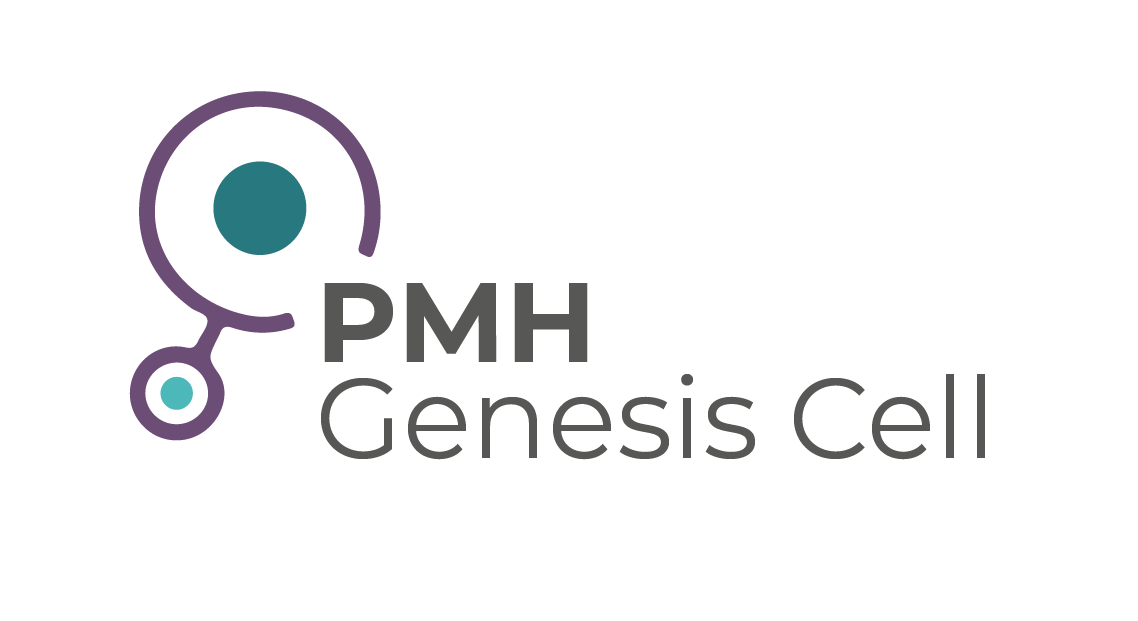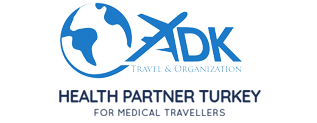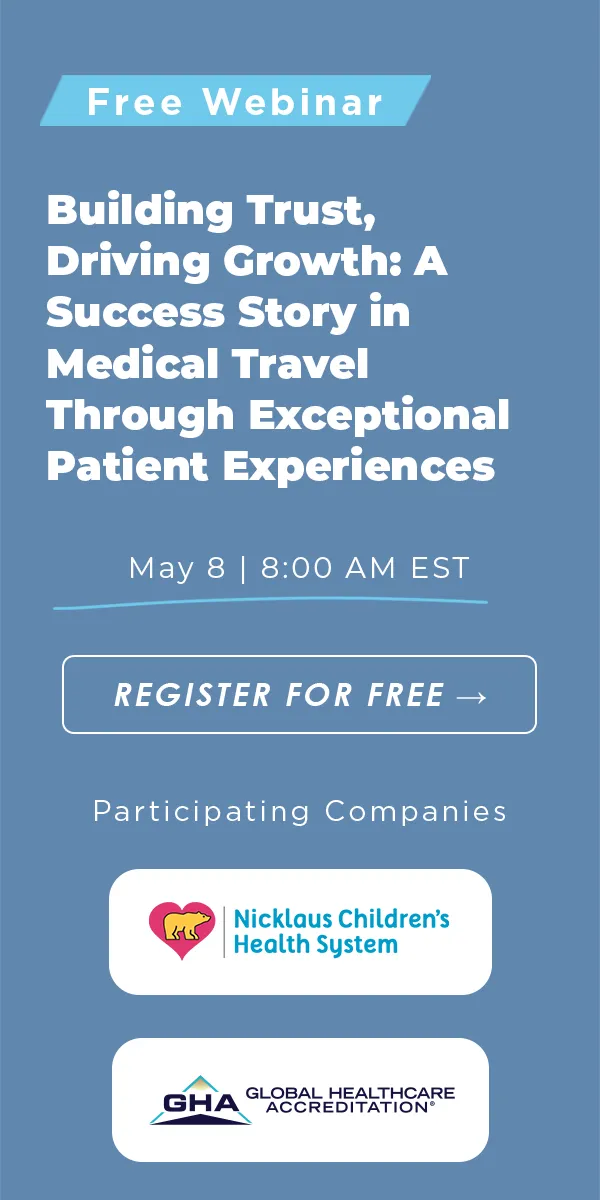Dental Implants
Steps Involved in IVF:
Procedure Description
Dental implants are artificial tooth roots that are surgically anchored into the jaw to hold a replacement tooth or bridge. Crafted from materials compatible with the human body, usually titanium, these implants serve as a sturdy base for permanent or removable teeth, designed to match your natural teeth. The procedure aims to restore functionality and aesthetics for people who have lost teeth due to injury, decay, or other dental issues.
Having a dental implant can significantly enhance your quality of life. Tooth loss can result in an array of problems, from difficulty in chewing to speech impairment and even a decline in self-esteem. Dental implants are a long-term solution, offering durability and a natural look that other dental prosthetics like dentures or bridges may not be able to provide.
Unlike other tooth replacement options, dental implants also preserve the bone and gum tissue, encouraging natural bone growth around the implant. This feature helps maintain the integrity of your jaw structure, further enhancing the benefits over the long term.
Procedure Duration
The dental implant process is not a one-day affair but usually unfolds over multiple sessions spread across several months. Initially, a consultation and thorough dental examination are conducted to evaluate the patient's suitability for the procedure. After this, the dental implant is surgically placed into the jawbone, a process that can take 1 to 2 hours per implant.
Following the implantation, a healing period known as "osseointegration" is necessary. This phase can last from three to six months and is crucial for the implant to fuse properly with the bone. After successful osseointegration, a small connector post called an "abutment" is attached to the implant, followed by the artificial tooth or teeth.
Recovery time varies from patient to patient but generally is between a few days to a week for the initial surgical implantation. It is important to note that the overall process, from consultation to final placement of the artificial tooth, can take anywhere from six months to a year, depending on individual circumstances.
Benefits
- Cost Savings: Treatment abroad can be significantly cheaper without compromising on quality.
- Expertise: Many countries specialize in dental procedures and have skilled surgeons with international experience.
- Advanced Technology: Medical tourism destinations often have state-of-the-art facilities.
- Holistic Experience: Combine your treatment with a vacation for a comprehensive, enjoyable experience.
Potential Destinations
- Thailand: Known for advanced dental technology and well-trained surgeons.
- Mexico: Proximity to the U.S. makes it a popular choice for affordable, high-quality dental work.
- Hungary: Often referred to as the 'Dental Capital of Europe'.
- India: Offers cost-effective treatment combined with advanced technology.
- Turkey: Rising destination with a focus on quality and patient satisfaction.
Risks & Considerations
- Quality of Care: Not all destinations offer the same standard of care.
- Travel Requirements: Consider visa, vaccinations, and other travel necessities.
- Post-Procedure Care: Follow-up and aftercare may be challenging when far from home.
- Legal Recourse: Understand the legal implications in case something goes wrong.
How to Choose the Right Doctor and Hospital
- Credentials: Verify the surgeon's qualifications, training, and expertise.
- Reviews and Testimonials: Look for unbiased reviews and ask for patient references.
- Facility Tour: If possible, tour the facility to gauge hygiene and technology.
- Accreditations: Ensure the hospital or clinic has the required national and international certifications.
- Cost vs. Quality: Cheaper does not always mean better; weigh the costs against the quality of care.
To receive a free quote for this procedure please click on the link: https://www.medicaltourism.com/get-a-quote
Patients are advised to seek hospitals that are accredited by Global Healthcare and only work with medical tourism facilitators who are certified by Global Healthcare Accreditation or who have undergone certification from the Certified Medical Travel Professionals (CMTP). This ensures that the highest standards in the industry are met. GHA accredits the top hospitals in the world. These are the best hospitals in the world for quality and providing the best patient experience. Click the link to check out hospitals accredited by the Global Healthcare Accreditation: https://www.globalhealthcareaccreditation.com
Frequently Asked Questions
What actually happens during hyperstimulation of the ovaries?
The patient will take injectable FSH (follicle stimulating hormone) for eight to eleven days, depending on how long the follicles take to mature. This hormone is produced naturally in a woman’s body causing one egg to develop per cycle. Taking the injectable FSH causes several follicles to develop at once, at approximately the same rate. The development is monitored with vaginal ultrasounds and following the patient’s levels of estradiol and progesterone. FSH brand names include Repronex, Follistim, Menopur, Gonal-F and Bravelle. The patient injects herself daily.
What happens during egg retrieval?
When the follicles have developed enough to be harvested, the patient attends an appointment where she is anesthetized and prepared for the procedure. Next, the doctor uses an ultrasound probe to guide a needle through the vaginal wall and into the follicle of the ovary. The thin needle draws the follicle fluid, which is then examined by an embryologist to find the eggs. The whole process takes about 20 minutes.
What happens to the eggs?
In the next step, the harvested eggs are then fertilized. If the sperm from the potential father, or in some cases, anonymous donor, has normal functionality, the eggs and sperm are placed together in a dish with a nutrient fluid, then incubated overnight to fertilize normally. If the sperm functionality is suboptimal, an embryologist uses Intracytoplasmic Sperm Injection to inject a single sperm into a single egg with an extremely precise glass needle. Once fertilization is complete, the embryos are assessed and prepared to be transferred to the patient’s uterus.
How are the embryos transferred back to the uterus?
The doctor and the patient will discuss the number of embryos to be transferred. The number of successfully fertilized eggs usually determines the number of eggs to be placed in the uterus. Embryos are transferred to the uterus with transabdominal ultrasound guidance. This process does not require anesthesia, but it can cause minor cervical or uterine discomfort. Following transfer, the patient is advised to take at least one days bed rest and two or three additional days of rest, then 10 to 12 days later, two pregnancy tests are scheduled to confirm success. Once two positive tests are completed, an obstetrical ultrasound is ordered to show the sac, fetal pole, yolk sac and fetal heart rate.
Embryoscope©
Built into this technology there is a microscope with a powerful camera that allows the uninterrupted monitoring of the embryo during its first hours of life. In this way, we can keep a close eye on the embryo, from the moment when the oocyte is inseminated and begins to divide into smaller and smaller cells, until it can be transferred to the uterus.
Orthopedics Stem Cell
Knee
Research on mesenchymal stem cells regenerative properties in knee osteoarthritis. In these studies, researchers suggest that Stem Cell Therapy has the potential to regenerate lost cartilage, stop and reverse cartilage degeneration, provide pain relief, and improve patient mobility.
Shoulder
Stem Cell Therapy as an Alternative to Rotator Cuff & Shoulder Replacement Surgery. Stem cell therapy may offer an excellent alternative for patients looking to avoid shoulder joint replacement surgery, as well as many other surgical treatments for shoulder pain.
Ankle
If you suffer from chronic or acute ankle pain or instability due to arthritis, cartilage loss, ligament strain or tear, or tendon damage, then you may benefit from non-surgical stem cell treatments or stem cell-enhanced surgery.
Back Pain
Patients now have a minimally invasive option. Stem cell therapy for back pain and disc herniations can potentially repair the damaged disc or facet joint, restore function, rehydrate the disc, and ultimately alleviate chronic pain.
Anti-Aging Stem Cell
Hair Loss
Stem cell therapy and PRP therapy have been shown to be most effective for: Those in the early stages of hair loss, patients who are not viable candidates for surgery and women who prefer to avoid hair surgery.
Facial Anti-Aging
Aesthetic Anti-Aging. The Aesthetic Stem Cell Localized Treatment is a non-surgical minimally invasive procedure to enhance the appearance of aging skin and hair restoration. This all-natural technique combines dermal injections of bone marrow or adipose tissue derived stem cells and growth factors.
Fertility Stem Cell
Endometrial PRP
The stem cells used for treatment of a thin endometrium include mesenchymal stem cells. In addition, successful repair of the endometrium in pregnancy with stem cells has been reported previously.
Low Ovarian Reserve (PRP)
The treatment uses PRP (Platelet-Rich-Plasma), which with stem cell therapy is the novel therapeutic approach for restoring the quality of the ovarian reserve.Your PRP will contain a physiologic balance of platelets, growth factors and white blood cells tailored specifically for you.

Punta Mita Hospital
Mexico


Punta Mita Hospital - Genesis Cell
Mexico

























